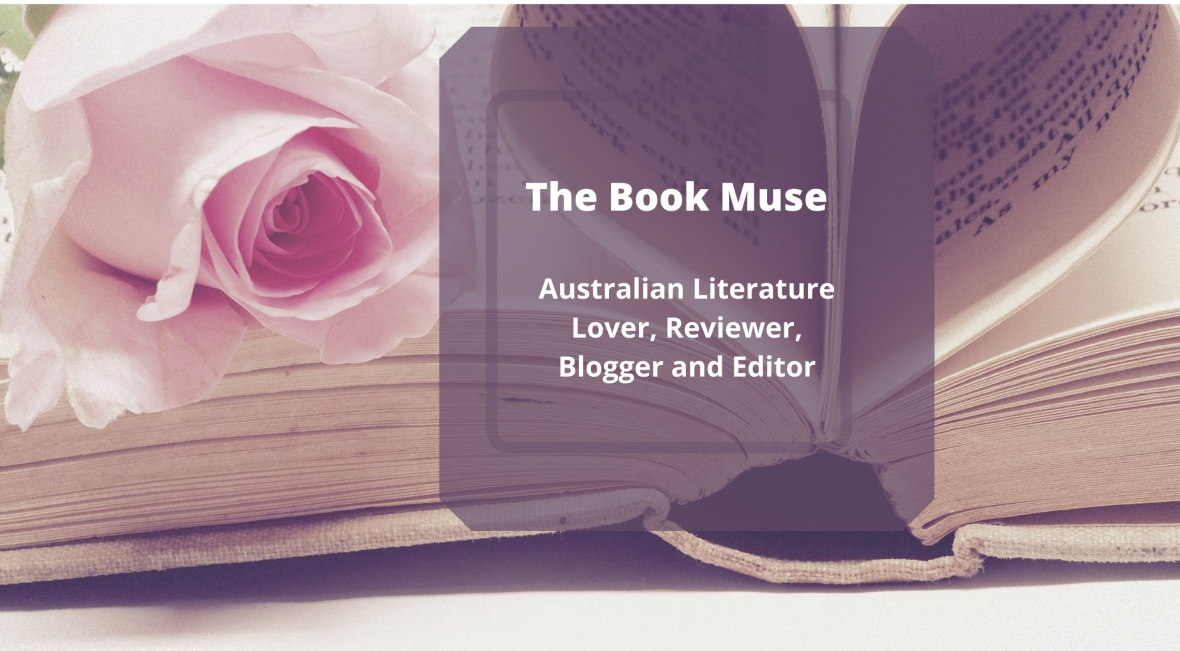Title: Brave Kāhu and the Pōrangi Magpie
Author: Shelley Burne-Field
Genre: Fiction
Publisher: Allen and Unwin
Published: 30th April 2024
Format: Paperback
Pages: 208
Price: $17.99
Synopsis: An exciting and action-packed animal story featuring two kāhu sisters who must save their injured baby brother – before a coming flood destroys their home.
Poto is the perfect fledgling – the apple of her father’s eye and a natural at hunting and flying. Anything a kāhu is supposed to be good at, Poto can do best of all. She can’t understand why her sister Whetū gets cross with her – it’s not her fault she’s good at everything! As for her baby brother Ari, he’s so weird and annoying.
After their mother is killed by a flock of magpies, Poto and Whetū have to get an injured Ari to safety before a deadly foretold earthquake arrives, unleashing a flood and destroying their home. With the help of the birds and new friends they meet on the way, the hawk siblings’ journey through the Valley, keeping an eye out for a menacing flock of magpies who are on a mission to take back the Valley for their own.
Can they stop Tū the makipai and her flock from ruining the harmony of the Valley? Will aroha win out over hate? And will Poto realise that everyone has something special to offer, even if they can’t do everything quite like she does?
Brave Kāhu and the Pōrangi Magpie is a cracking children’s adventure story in the vein of Watership Down, from emerging author Shelley Burne-Field (Sāmoa, Ngati Mutunga, Ngati Rārua, Pākehā).
~*~
Poto is a fledgling hawk – a natural hunter and flyer, the one that her father is so proud of, compared to her sister, Whetū and brother Ari – Ari, who has not learned to fly yet, love collecting seashells and is very close to their mother. But when Tū the makipai and her flock attack, and kill their mother and destroyed their home. So Poto and Whetū set out on a long journey with Ari to safety, who is injured and can’t fly, so much of their journey is slow. Using anthropomorphised animals works well – there are humans mentioned, but it’s as though this is a post-human world, or at least a post-human world where Poto and her family live. In doing so, Poto and her family, and the other birds are given human qualities, to make the characters relatable and so people can see themselves within the animals, as well as creating appeal for younger readers.
They’re assisted by new friends and other birds, but Poto is impatient – she know the threat is imminent, that the makipai are after them, and she wants to protect Ari. Yet she also feels the frustrations when he doesn’t meet everyone halfway – he is different, not quite as fast to latch onto things as his sisters, and throughout the novel, his way of being in the world becomes clearer. He feels safe when their new friends, Piki and Tai are there to help, to almost translate the way he thinks and speaks for his sisters who aren’t sure about things at times. But perhaps the crux of the novel is the mission that the hawks are on to protect their home and family – as the magpies – the makipai – try to take back the Valley and expel anyone they don’t like from the place they think is their home.
These threats are like many in fiction. There is always someone trying to thwart the hero, and Tū is the villain in this novel – the one who does not want to share, or allow the other birds to live their lives amidst the threat of a flood where every bird needs to find a way to survive and coexist with other birds. Yet in pitting the makipai against the other birds, Shelley has created an analogy of what it can look like when everyone unites against a common threat, showing that unity is more powerful than division, and this makes the novel work well as it explores the things that cause conflict.
But there should be a way for them to all live together as Poto and other birds work out – because why should the makipai have it all? Poto is also determined that she’s special and good at everything – adamant that she is better than everyone else as well. Her journey is as much about learning that she’s not the only one with talents, that her siblings have their talents and strengths, even if they are different and unique. I enjoyed Poto’s journey learning about acceptance and realising that everyone has something special to offer – even though it might not be done in the way she expects it. Because at first she came across as arrogant and demanding, which made her growth important as she watched Ari heal and find his strengths that might have been different to what their father expected from him.
I found that this book showed the bond between siblings can be unbreakable, even when they don’t completely understand each other at first. It can take time to do this, time to come to terms with the way your brother or sister might be, especially if, like Poto, you can’t quite understand why they struggle with things, or why they have to do things differently. It looks at how we respond to tragedy and threats as well, highlighting the lengths we go to for family, including the ones we find on our journey who help us understand those we have grown up with. This story also shows that there is hope for a positive future. This book worked well, and I hope it finds its readers.



1 thought on “Brave Kāhu and the Pōrangi Magpie by Shelley Burne-Field”